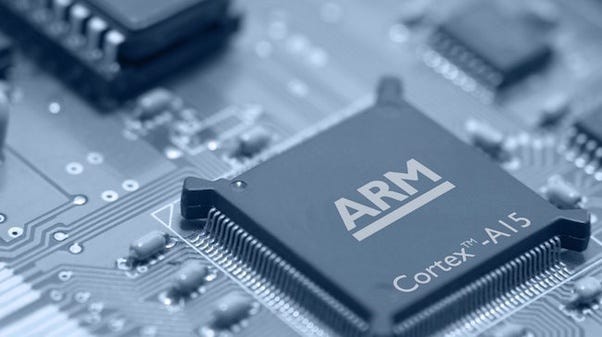
Member-only story
Random Facts About ARM, x86, RISC-V, AVR and MIPS Microprocessors
Interesting technical differences and features of today’s popular microprocessors (CPUs)
We are seeing a bit of a golden age for Microprocessors. For years the landscape has been dominated by Intel. Now with ARM dominating the mobile space and taking over Apple laptops (M1 SoC) as well as entering Amazon server farms (Graviton2), there is a shakeup.
This has brought me down a rabbit hole as I have attempted to learn more about the current state of microprocessor (CPU) development. Where is it going? Is x86 going to be killed off? Will ARM dominate everything?
Perhaps even ARM lives on borrowed time, and the future is really RISC-V? What about AVR and MIPS processors? Where do they fit into the picture? Why is MIPS even relevant and still talked about? Didn’t the Silicon Graphics that used MIPS chips die way back in the 1990s?
As I have tried to find answers to these kinds of questions I have dug up a lot of random facts that are not easily organized while they are still interesting to know about.
